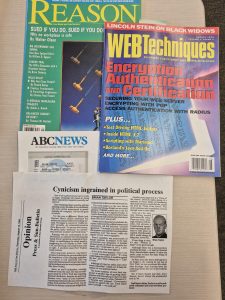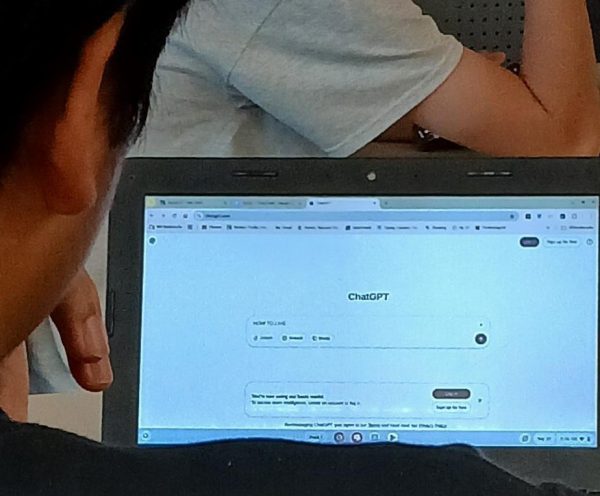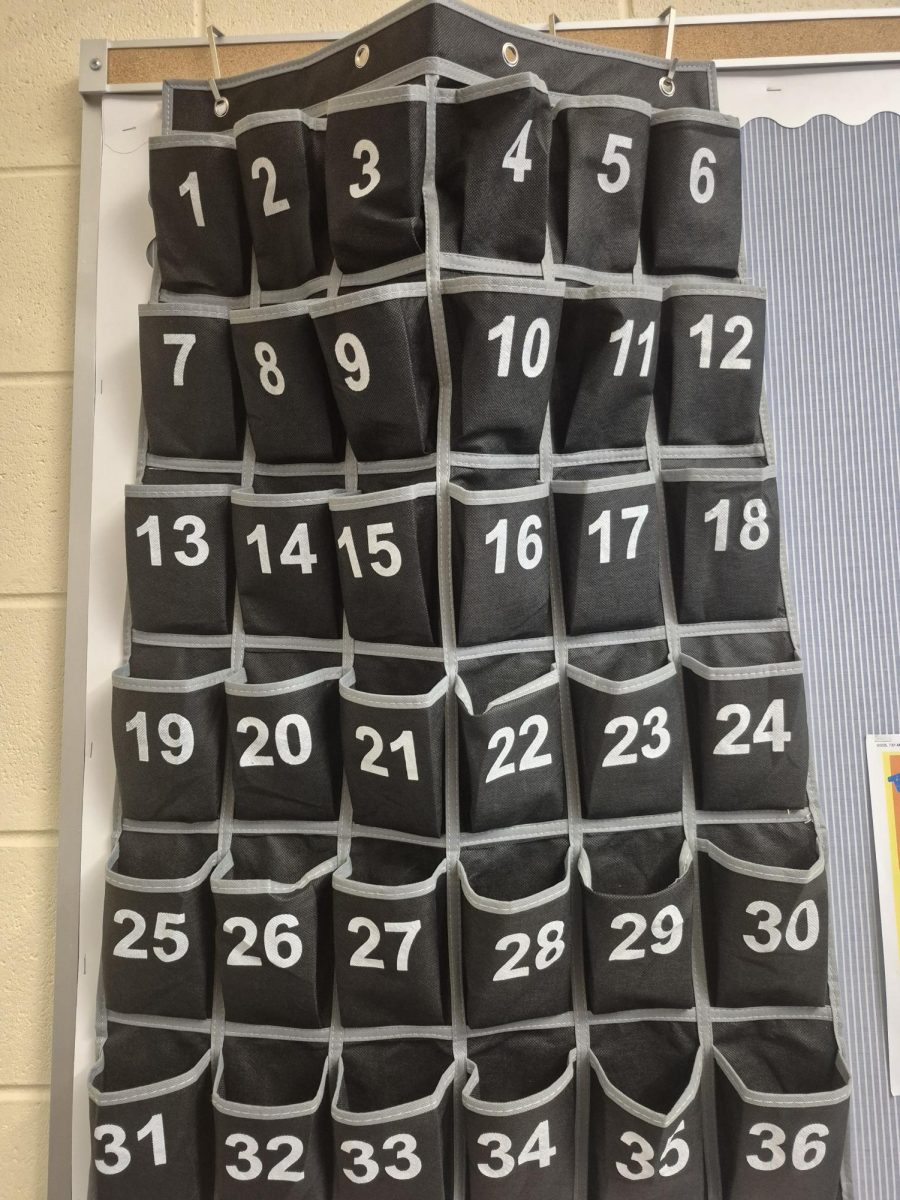Society gives young people a checklist of achievements to follow: go to school, go to college or trade school, get a job, buy a house, and start a family. However, for most people, life doesn’t follow a linear checklist or a career ladder. According to the American Association for Retired Persons, 78% of US adults change careers at least once. Several teachers from a range of subjects at WOHS had previous careers, including social studies teacher, Brian Taylor; math teacher, Loretta Vaara; and science teacher, Brian VanZanten.
A need or desire for lifestyle changes is often what leads people to a career change. For example, Taylor switched from journalism to working as an Internet consultant and web designer since he “wanted something more flexible.” Since the internet job was remote, “I could move, and it allowed me to keep having the same job.” There were downsides to this ability to be remote, though. When he realized he hadn’t left the house in about a week, he decided he needed more connection in his life, which ultimately led to him becoming a teacher. That same desire for connection motivated VanZanten to switch from pharmaceutical development to teaching. He said, “the Lord was telling me that education was where I was supposed to go,” because he felt he needed to work with people more. Vaara became a teacher because she wanted a lifestyle change. Her engineering job required long travel hours that were tiring and “weren’t conducive to being a mom.” Teaching, on the other hand, had a better schedule and still fit with her skill set.

Despite these logical reasons for changing careers, doing so can create a disruption in one’s life structure. New careers can require a different certification or college degree, which are difficult to earn with timing and financial constraints. However, all these teachers made it work. VanZanten left his job in pharmaceuticals to get a Master’s degree in secondary education from Grand Valley State University. Vaara earned a free fellowship with Western Michigan University, which was “intense for one year,” since she did both coursework and student teaching in the same year. Still, the lack of cost eased some difficulties. Taylor also had a circumstance that made a career change easier: his remote job. With that flexibility, he could work while earning a teaching certificate and Master’s degree. Transitioning to a new career is not easy, but is clearly possible with good strategy.
Luckily, skills can still transfer from career to career despite the need for new qualifications. VanZanten said, “Seeing my subject area in a more practical or non-academic way helps me better explain some of the things that are more abstract.” Vaara also found that her skills transferred. She applied the program management and problem solving that she developed from her engineering job to teaching. She joked, “Sometimes adolescents don’t act that different from adults, so you can use some of the same strategies.” While Taylor did not see this transfer of skills, he still appreciates that “My previous careers helped me discover that I loved teaching a lot more.”
Ultimately, Taylor said students should “switch as many times as necessary to find something that doesn’t feel like work.” Though there is societal pressure to stay in one career, life changes and a need for new connections make a career change beneficial. The metaphor of a career ladder is misleading because steps that seem backwards, like going back to school, can actually lead to a better fit. None of these teachers started their teaching journey in high school or college; now, they are all respected veteran teachers at WO. Vaara said for students, “It’s okay to be unsure” about a career choice “because odds are, you’re going to change anyway.” While VanZanten acknowledged that “career moves are challenging,” and “it’s different for each person,” he advised, “don’t be afraid of a career change. It could be a blessing in disguise.”








